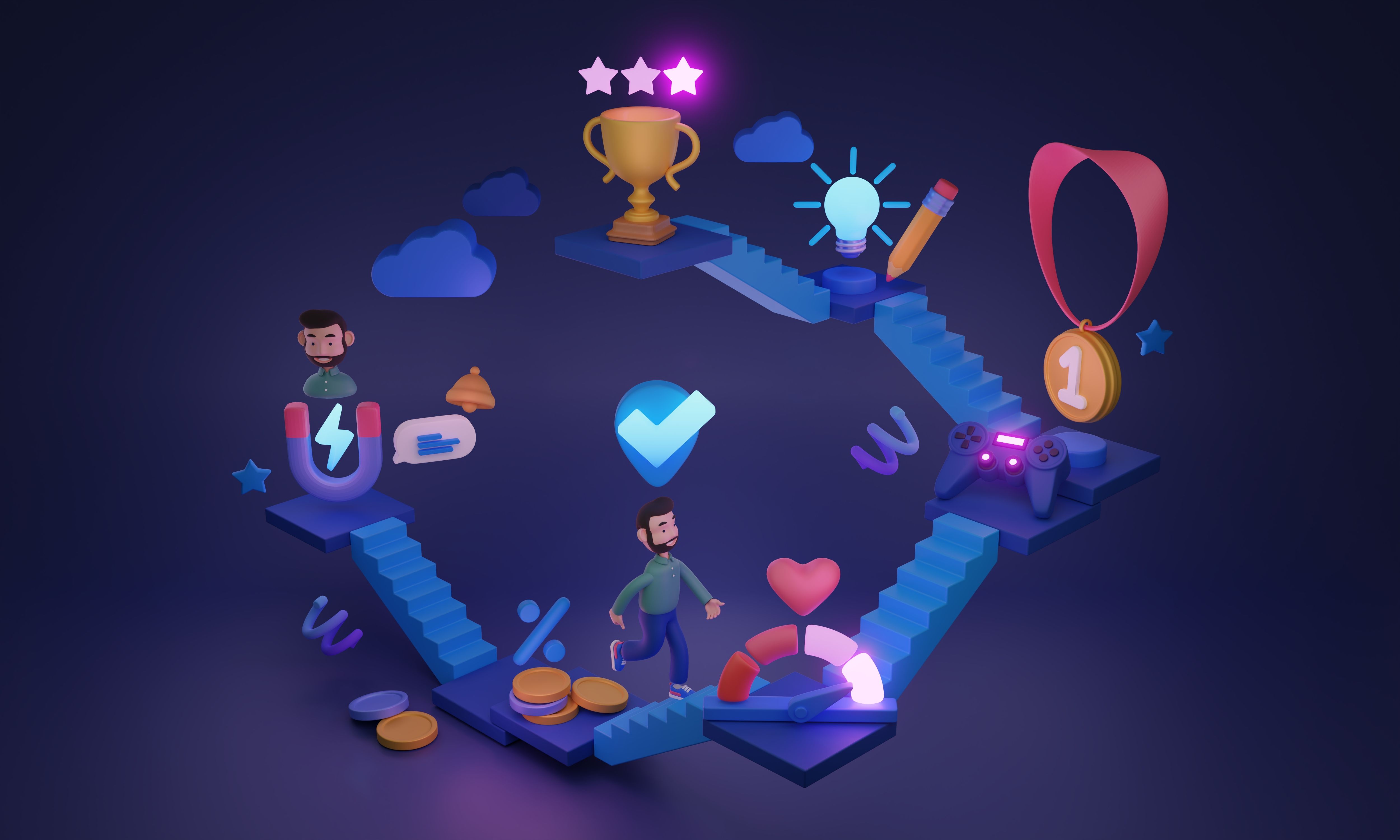Gamification in Marketing: Building Brand Loyalty Through Engagement
Understanding Gamification in Marketing
Gamification in marketing refers to the use of game-like elements in non-game contexts to engage users and encourage desired behaviors. By integrating elements such as points, badges, leaderboards, and challenges into marketing strategies, businesses can create immersive experiences that capture the attention of their audience. This approach not only makes interactions more enjoyable but also fosters a deeper connection between the brand and its customers.
In a world where consumer attention spans are shorter than ever, gamification offers a unique way to stand out. By incorporating elements of play into marketing efforts, companies can make mundane tasks like filling out surveys or signing up for newsletters more appealing. This method is particularly effective in engaging younger audiences who are accustomed to interactive and dynamic content.

The Benefits of Gamification in Building Brand Loyalty
One of the primary benefits of gamification in marketing is its ability to build brand loyalty. When customers are actively engaged through gamified experiences, they are more likely to develop a strong emotional connection to the brand. This connection can lead to increased customer retention and advocacy, as well as a willingness to spend more on products or services.
Moreover, gamification provides valuable data on customer preferences and behaviors. By tracking how users interact with gamified content, businesses can gain insights into what motivates their audience. This information can be used to tailor future marketing efforts and create more personalized experiences, further strengthening brand loyalty.
Creating Engaging Experiences
To effectively use gamification in marketing, it's essential to create engaging experiences that resonate with your target audience. Here are a few strategies to consider:
- Know Your Audience: Understand the demographics and preferences of your audience to design relevant gamified content.
- Set Clear Goals: Define what you want to achieve with your gamification efforts, such as increasing brand awareness or driving sales.
- Incorporate Rewards: Offer meaningful rewards that motivate users to participate and remain engaged.

Examples of Successful Gamification in Marketing
Several brands have successfully implemented gamification in their marketing strategies. For instance, Starbucks' loyalty program uses a point-based system where customers earn stars for every purchase. These stars can be redeemed for free products and exclusive offers, encouraging repeat visits and fostering loyalty.
Another example is Nike's running app, which incorporates challenges and achievements to motivate users to stay active. By participating in virtual races and earning badges for milestones, users remain engaged with the brand while achieving their fitness goals.
Challenges and Considerations
While gamification offers numerous benefits, it's important to address potential challenges. Poorly designed gamification elements can lead to user frustration or disengagement. Over-reliance on rewards may also diminish intrinsic motivation, making it crucial for brands to strike the right balance.
Additionally, marketers must ensure that gamification efforts align with their overall brand message and values. Misalignment can result in negative perceptions and damage to brand reputation.
The Future of Gamification in Marketing
As technology continues to evolve, so too will the opportunities for gamification in marketing. Augmented reality (AR) and virtual reality (VR) are poised to revolutionize gamified experiences, offering immersive environments that deepen engagement. Brands that embrace these technologies early on will likely gain a competitive advantage in capturing consumer attention.
In conclusion, gamification presents a powerful tool for building brand loyalty through enhanced engagement. By thoughtfully integrating game-like elements into marketing strategies, businesses can create memorable experiences that resonate with their audience and drive long-term success.